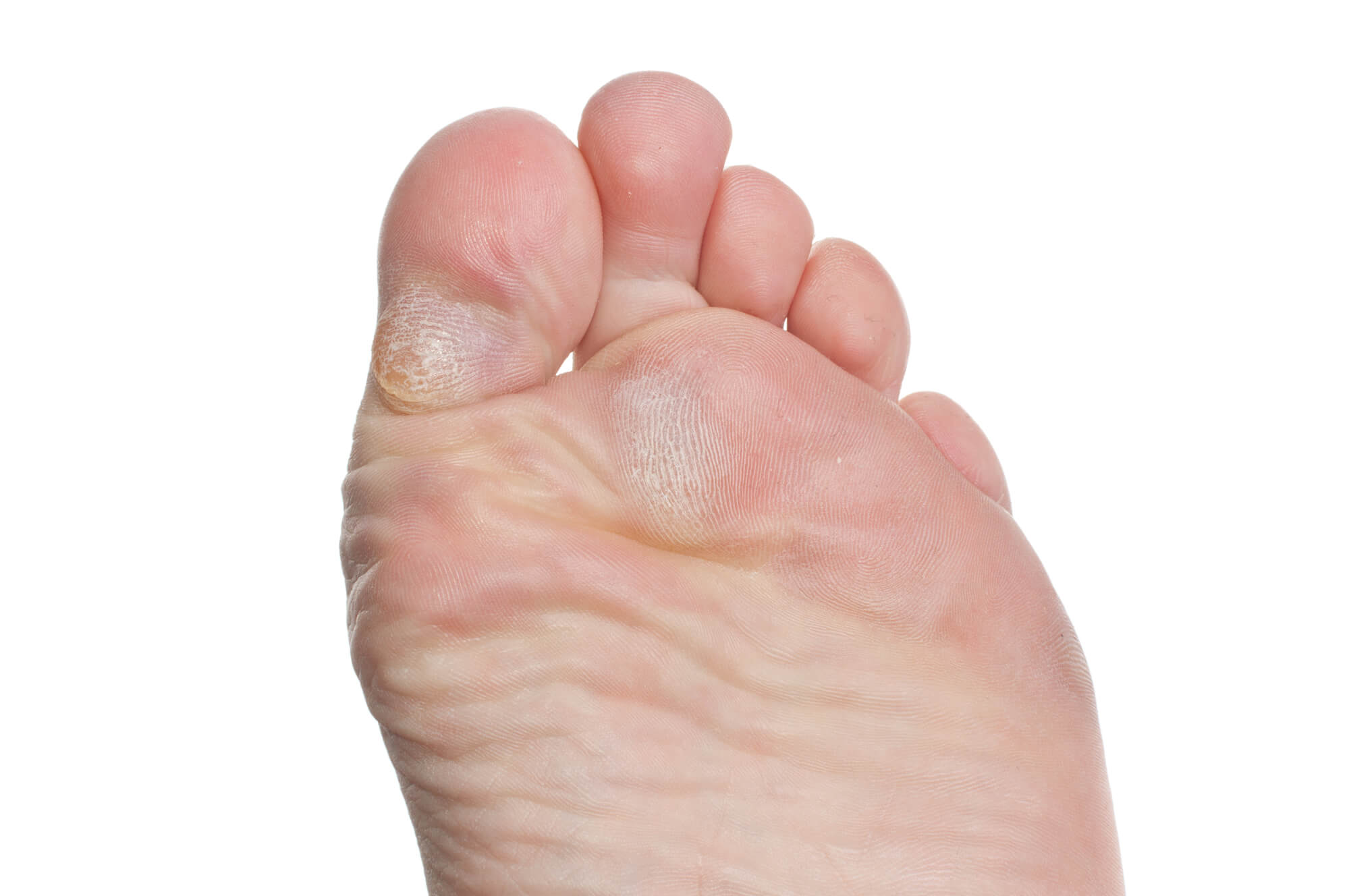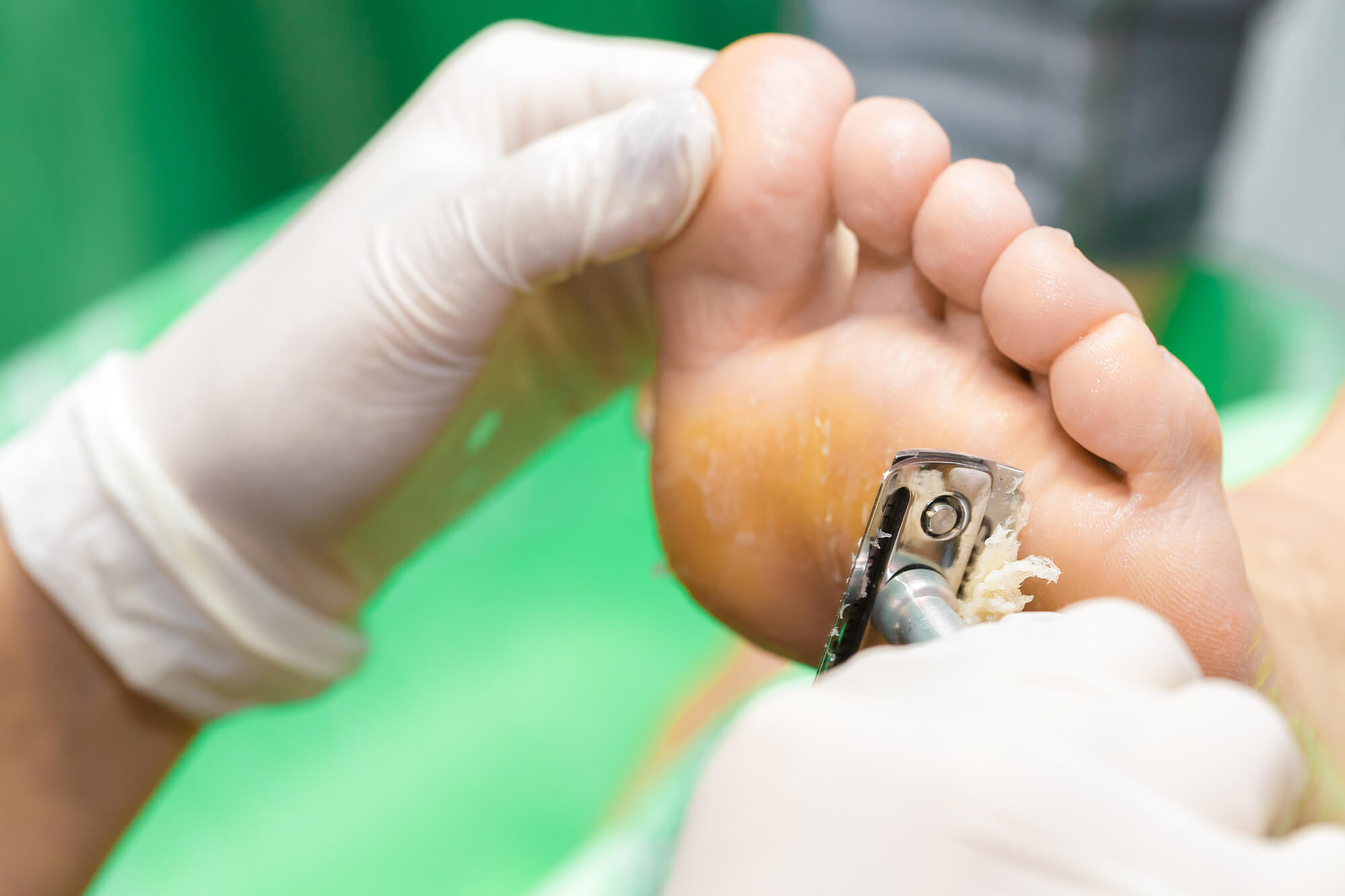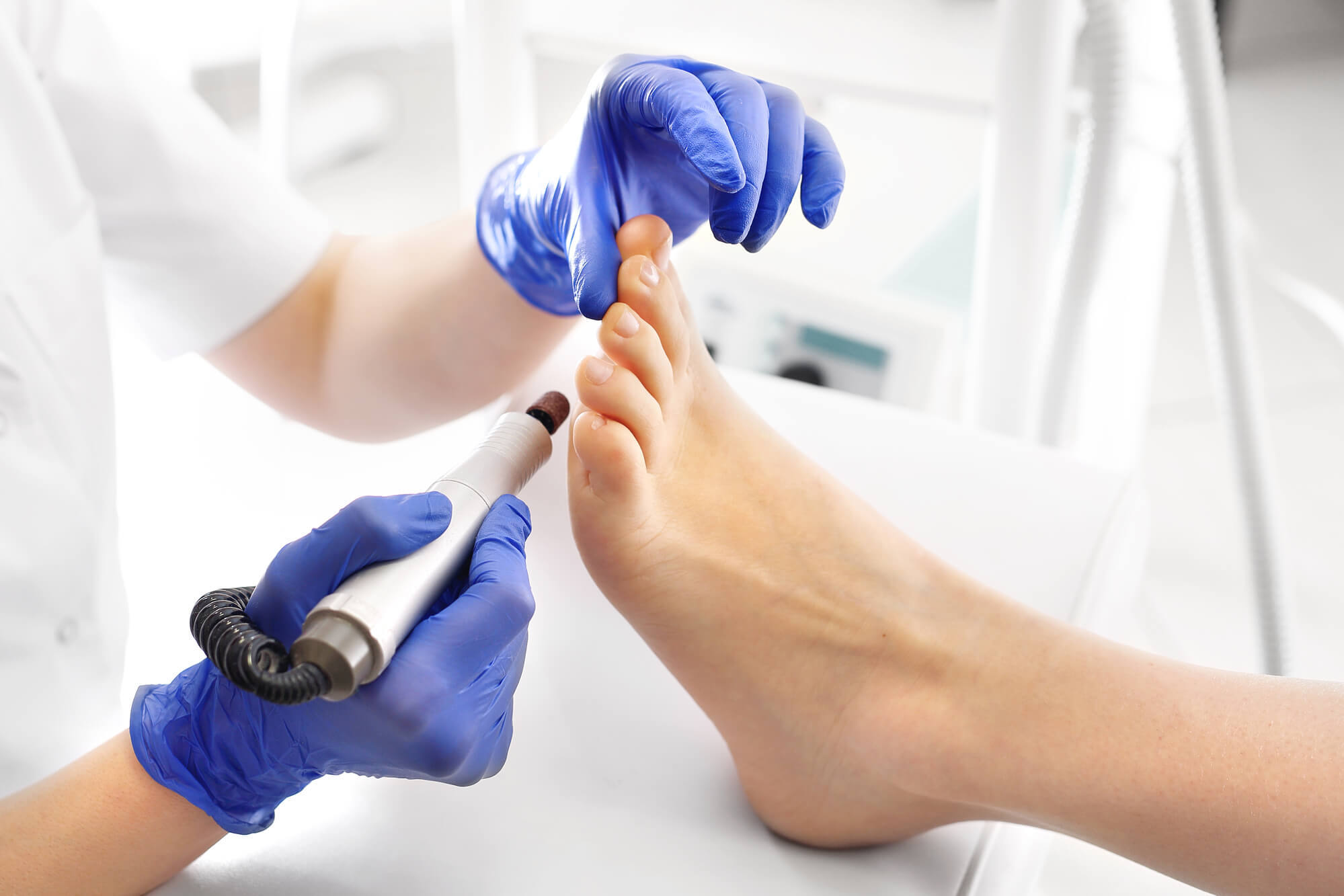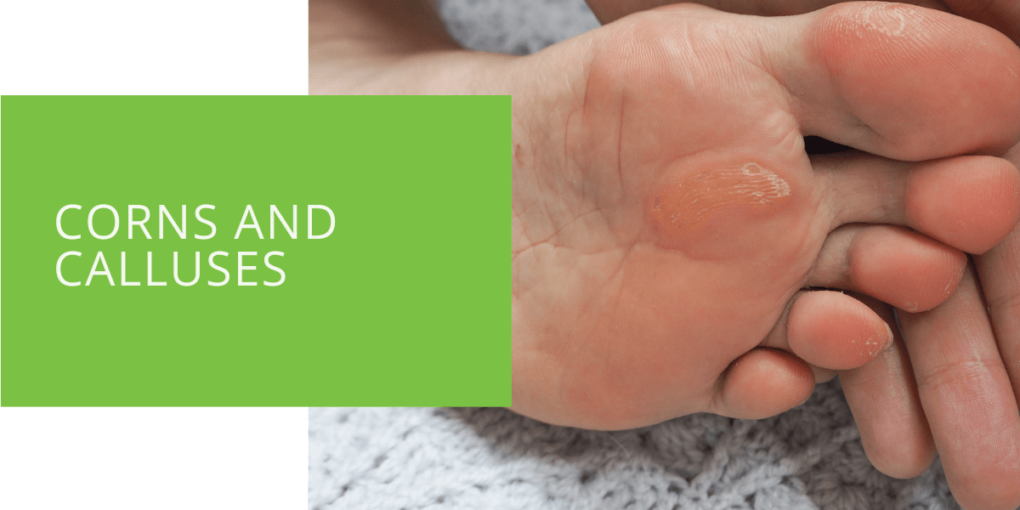Understanding and Treating Corns and Calluses
Corns and calluses are common foot conditions that can cause pain and discomfort. They are caused by friction or pressure on an area of skin and can occur on any part of the foot. While they may be unsightly, they are usually not serious and can be treated at home or by a podiatrist. This article will discuss the causes, symptoms, and treatment options for corns and calluses and how to prevent their recurrence.
What Are Corns and Calluses?
Corns and calluses are areas of thickened skin that form from friction or pressure on the skin. They are the body's way of protecting itself from further damage. Corns are small, round areas of thickened skin that are often painful when applying pressure. They are usually found on the tops and sides of the toes. On the other hand, calluses are larger and flatter areas of thickened skin. They are often found on the soles of the feet and are not usually painful.

Symptoms of Corns and Calluses
Corns and calluses can cause a variety of symptoms, including:
- Hard, thickened areas on the skin
- Pain or discomfort when pressure is applied
- Possible redness and inflammation
It is important to note that people with diabetes or poor circulation are at an increased risk of developing corns and calluses, as they may not be able to feel the discomfort caused by these conditions.

Treating Corns and Calluses
Several options for treating corns and calluses include preventative measures, at-home remedies, and seeing a podiatrist.
Preventative Measures
The best way to treat corn and calluses is to prevent them from occurring in the first place. Some preventative measures include:
- Wearing properly fitting shoes: Ill-fitting shoes can cause friction on certain areas of the foot, leading to the development of corns and calluses. It is important to wear shoes that fit well and provide enough room for the toes.
- Using padding or inserts: Padding or inserts can help reduce pressure on specific areas of the foot and prevent the development of corns and calluses.
- Keeping the skin moisturized: Moisturizing the skin can help reduce friction and prevent the development of corns and calluses.
At-Home Remedies
If a corn or callus has already developed, several at-home remedies may help treat it:
- Soaking the affected area in warm water: Soaking the foot in warm water can help soften the skin and make removing the corn or callus easier.
- Gently filing down the corn or callus with a pumice stone: A pumice stone is a porous, abrasive stone that can be used to file down the hard layers of skin gently. It is important to be gentle and not to file down too much skin, as this can cause further irritation.
- Applying a moisturizing cream or lotion: After filing down the corn or callus, it is important to moisturize the affected area to help keep the skin soft and prevent further thickening.

When to See a Doctor
In some cases, it may be necessary to see a podiatrist to treat corns and calluses. This may be necessary if:
- The corn or callus is causing significant pain or discomfort
- The corn or callus is not responding to at-home treatments
- The corn or callus is infected (e.g. red, swollen, oozing pus)
- The corn or callus is located on the bottom of the foot and makes it difficult to walk.
A podiatrist may be able to provide more aggressive treatment options, such as removing the corn or callus surgically or prescribing medication to help soften the skin.

Preventing Recurrence of Corns and Calluses
To prevent the recurrence of corns and calluses, it is important to continue practicing preventative measures such as wearing proper footwear and using padding. Regularly moisturising the skin is also important to help keep it soft and prevent further thickening.
If you are prone to developing corns and calluses, it is also important to check for and address any underlying issues causing excessive friction or pressure on the skin. For example, if you have a foot deformity that is causing the skin to rub against your shoes, a podiatrist may be able to provide treatment or recommend special footwear to help alleviate the problem.
Conclusion
Corns and calluses are common foot conditions caused by friction or pressure on the skin. While they may be unsightly and uncomfortable, they are usually not serious and can be treated at home or by a podiatrist. By practicing preventative measures and regularly moisturizing the skin, you can help prevent the development of corns and calluses and keep your feet healthy and comfortable.
FAQ
After corns and calluses are healed, do they come back?
Corns and calluses may come back if the underlying cause of the friction or pressure on the skin is not addressed. It is important to continue practicing preventative measures such as wearing proper footwear and using padding, and regularly moisturize the skin to help prevent the recurrence of these conditions.
Are corns and calluses painful?
Corns can be painful when pressure is applied, while calluses are usually not painful. However, if a corn or callus becomes infected or is causing significant discomfort, it is important to see a podiatrist for treatment.
Corns and calluses: What's the difference, and how can I treat them?
Corns are small, round areas of thickened skin that are often painful when applying pressure. They are usually found on the tops and sides of the toes. On the other hand, calluses are larger and flatter areas of thickened skin. They are often found on the soles of the feet and are not usually painful. Both corns and calluses can be treated with preventative measures such as wearing proper footwear and padding and at-home remedies such as soaking the affected area in warm water and filing down the hard skin with a pumice stone. Sometimes, it may be necessary to see a podiatrist for treatment.
How Do I Know If I Have a Corn or Callus?
The appearance of hard, thickened skin on the foot can identify corns and calluses. Corns are usually smaller and rounder, while calluses are larger and flatter. If you are unsure whether you have a corn or callus or if the condition is causing significant pain or discomfort, it is best to see a podiatrist for a proper diagnosis and treatment plan.
How are corns and calluses diagnosed?
A podiatrist can diagnose corns and calluses by examining the affected area of the foot. In some cases, further testing may be needed to rule out other conditions or determine the corn's cause or callus's underlying cause. If you are experiencing pain or discomfort in your feet, it is important to see a podiatrist for a proper diagnosis and treatment plan.

